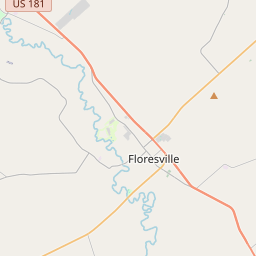Unknown Cemetery #2







Source: USGS; TxDot map 2000
To address the problem of cemetery destruction and to record as many cemeteries as possible, the Texas Historical Commission offers the Historic Texas Cemetery designation.
The Historic Texas Cemetery designation was developed in 1998 to help protect historic cemeteries by recording cemetery boundaries in county deed records to alert present and future owners of land adjacent to the cemetery of its existence. Every county in Texas has at least one cemetery designated as a Historic Texas Cemetery through this program. The HTC designation is the first step toward preservation of a historic cemetery.
A cemetery is eligible for designation if it is at least 50 years old and is deemed worthy of recognition for its historical associations. The very nature of a cemetery being a landmark of a family’s or community’s presence is considered to validate the criteria of historical associations. Any individual, organization, or agency may submit a request for designation.
Texas was once a part of Mexico but gained independence in 1836 after a famous battle at the Alamo.
In the early 1800s, the region that is now Wilson County was part of the DeWitt Colony, a settlement established by Green DeWitt. The area played a crucial role in the Texas Revolution, with the Battle of Refugio taking place nearby in 1836. As the conflict between Texas colonists and Mexican forces raged on, the region became a hotbed of activity and witnessed significant military actions.
Wilson County was officially established in 1860, named in honor of James Charles Wilson, a Texas state legislator who fought in the battle of San Jacinto. The county experienced rapid growth in the 19th century due to the establishment of ranching and farming communities. Cattle ranching became a prominent industry, and the arrival of the railroad in the late 1800s further boosted economic development.
The county faced challenges in the 20th century, including the Great Depression, which resulted in a decline in agricultural productivity. However, the discovery of oil and gas reserves brought renewed economic prosperity to the area. Today, Wilson County is known for its diverse economy, which includes agriculture, oil and gas production, and manufacturing. The region has preserved much of its historical heritage and continues to celebrate its unique cultural and historical significance.
Wilson County Timeline
This timeline provides a condensed summary of the historical journey of Wilson County, Texas.
- February 13, 1854 - Wilson County established by the Texas legislature
- 1856 - County seat established in Floresville
- Late 1800s - Growth in agriculture sector, primarily cotton farming
- 1902 - Construction of the Wilson County Courthouse completed
- 1930s - Economic decline due to the Great Depression
- 1940s - World War II leads to increased military presence in the area
- Mid-1960s - Oil and gas production becomes a significant industry
- 1970s - Growth in population and expansion of Floresville
- 1998 - The Floresville Peanut Festival established
- 2010 - Rapid population growth and increased development